
Hidden sources
If you think skipping milk, cheese and butter keeps your life lactose-free, think again. Lactose, a sugar found in milk products, quietly lurks in a variety of foods and products that you regularly consume.
According to Desiree Nielsen, a Vancouver-based registered dietitian, lactose is more prevalent than you might think. “Lactose is an inexpensive by-product of dairy production and is used as a bulking agent. It’s very common in flavourings to impart that buttery, cheesy, creamy taste and texture in foods.” Concerned that you might be eating hidden lactose? Uncover these eight surprising sources.

1. Medications
A big shocker for many people is that popular medications – both prescription, and over the counter – often contain lactose. Some birth control pills, quick dissolve vitamin D tablets and digestion remedies include the sugar. “It acts as a filler or base, improves the drug’s bioavailability, and the taste of a quick dissolve tablet,” says Nielsen. Individuals with gastrointestinal disorders such as Crohn’s, or celiac disease might want to discuss their medications with their specialist or pharmacist since many drugs created for such conditions also contain lactose – a surprising revelation, as many people with GI disorders have difficulties with lactose.
Nielsen says it’s important to note that every lactose intolerant person handles the ingredient differently. An amount that one person may be able to stomach could make another individual quite ill. “In a birth control, or vitamin D pill, you’re getting a tiny fraction of lactose, so some people will tolerate these medications just fine,” she says, “but if someone is doing everything right and they’re still experiencing lactose intolerant symptoms, they might have to dig deeper, and look at the lactose in their medications.”
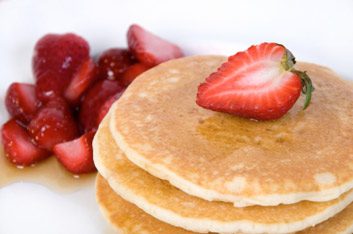
2. Processed grains
Waffles, pancake mixes, cookies, crackers, breads, potato chips, granola bars and cereals sometimes include lactose as a cheap, ubiquitous source of sugar says Nielsen. If you want to take a pass on lactose in your processed grains, Nielsen recommends choosing vegan options: Silver Hills or Food for Life (bread), Mary’s Organic, or Ryvita (Crackers), Nature’s Path (cereal), and Nature Valley (granola bars) all offer dairy-free options.

3. Processed meats
The last place that you’d expect to find dairy is in meat products, but many processed meats such as hot dogs, bacon, sausages and cold cuts have it. Nielsen recommends trying kosher products, or a national brand such as Grimm’s for lactose-free processed meats.

4. Instant coffee, potatoes and soups
Enjoy the easy preparation of instant products such as coffee, potatoes or soup? You can thank lactose for the product’s speedy dissolvability. “With an instant drink or product you want to stir it quickly with hot water and have it dissolve without any lumps. Lactose will give you that texture,” says Nielsen. Lactose also adds flavour to these excessively processed items.

5. Salad dressings
Creamy salad dressings owe their texture (and often their taste) to lactose. To make your salad bowl a lactose-free zone, Nielsen suggests using standard vinaigrettes – most are dairy-free. Kraft and Newman’s Own offer several lactose-free recipes as well. And if you’re paying extra attention to your dressing, Nielsen says it’s also smart to skip the low-fat versions. “They typically contain more fillers – including more sugar – to make up for the lack of fat. Lactose is a sugar, and it adds that tasty sensation that people desire,” she explains.
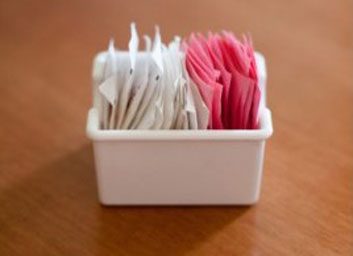
6. Artificial sweetener packets
Nielsen warns that some portable sweeteners such as Splenda No Calorie Minis, and Equal Classic Tablets contain a tiny amount of lactose to help the products dissolve quickly. The regular-sized packets of Splenda, and Equal are lactose-free.
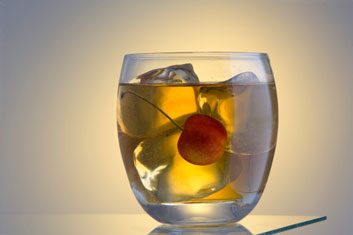
7. Alcohol
Even some boozy beverages boast lactose. Creamy liquors with their milky base could spell trouble for people struggling with lactose intolerance. “If you’re not in the habit of looking at food ingredients, it wouldn’t occur to you to look at the label of an alcoholic drink,” says Nielsen. “If you look, you’ll see milk or cream.”
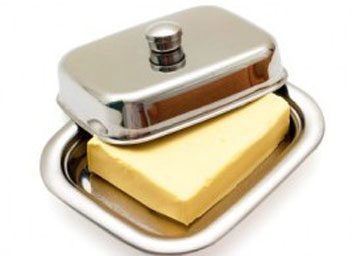
8. Margarine
Many people are shocked to discover that margarine isn’t an ideal replacement for butter. “People look to margarine as a dairy alternative, but in fact, most margarines will add lactose because it helps the margarine taste more like butter,” says Nielsen. Several lactose-free margarines are available in Canada including President’s Choice Blue Menu.
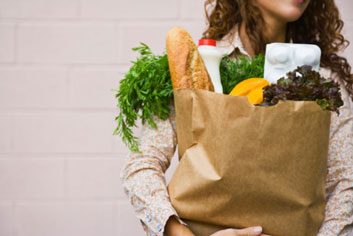
Shop smart
Nielsen says that the best way to avoid lactose is to read the ingredient labels on all products or foods that you consume. “Start in your kitchen, and go through the ingredient lists on the foods that you regularly buy,” she says. “When you go to the grocery store, you’ll already be informed, know what to look for, and know what to avoid.” Lactose doesn’t always appear under its common name, or in the guise of milk, cheese or butter. It can show up as whey, casein, curds, milk by-products, milk solids or dry milk powder. And many products marketed as breaded, creamed, cheese flavoured or chocolate flavoured will also feature some form of lactose. What isn’t lactose? Lactate, and lactic acid – the spelling looks similar, but these ingredients aren’t lactose.
Related:
• 8 signs you might be lactose intolerant
• 10 food additives you should avoid
• The health benefits of milk
